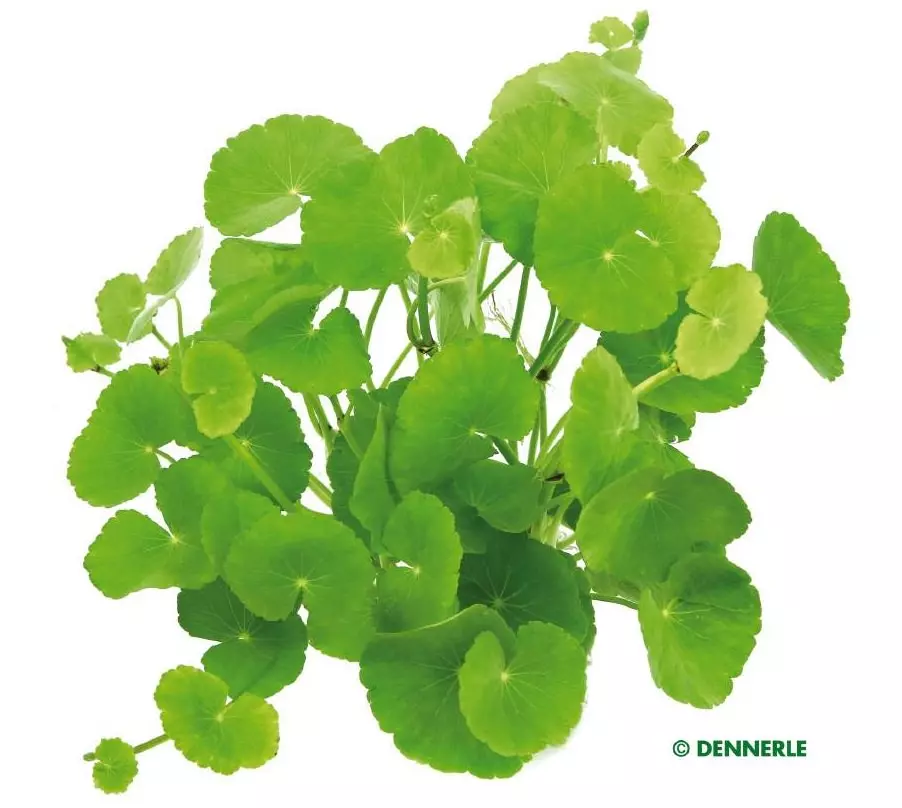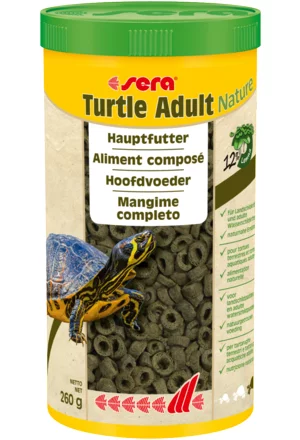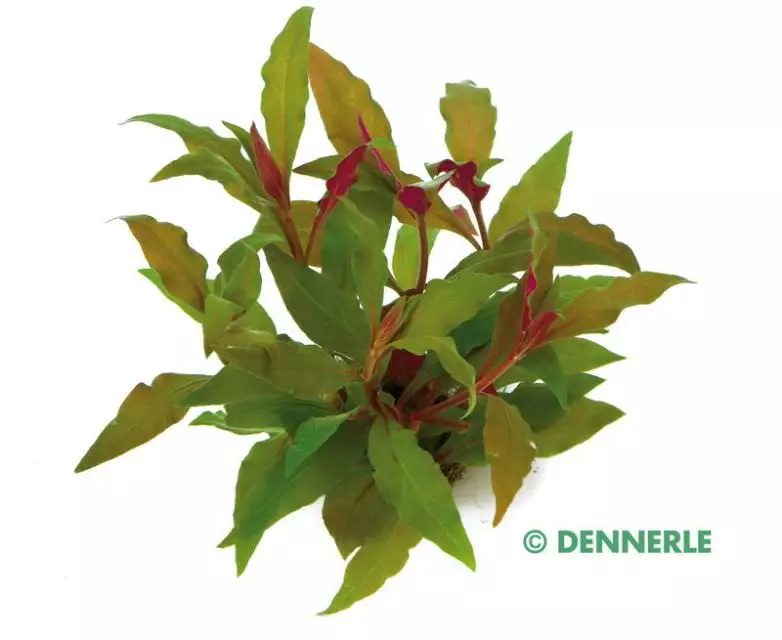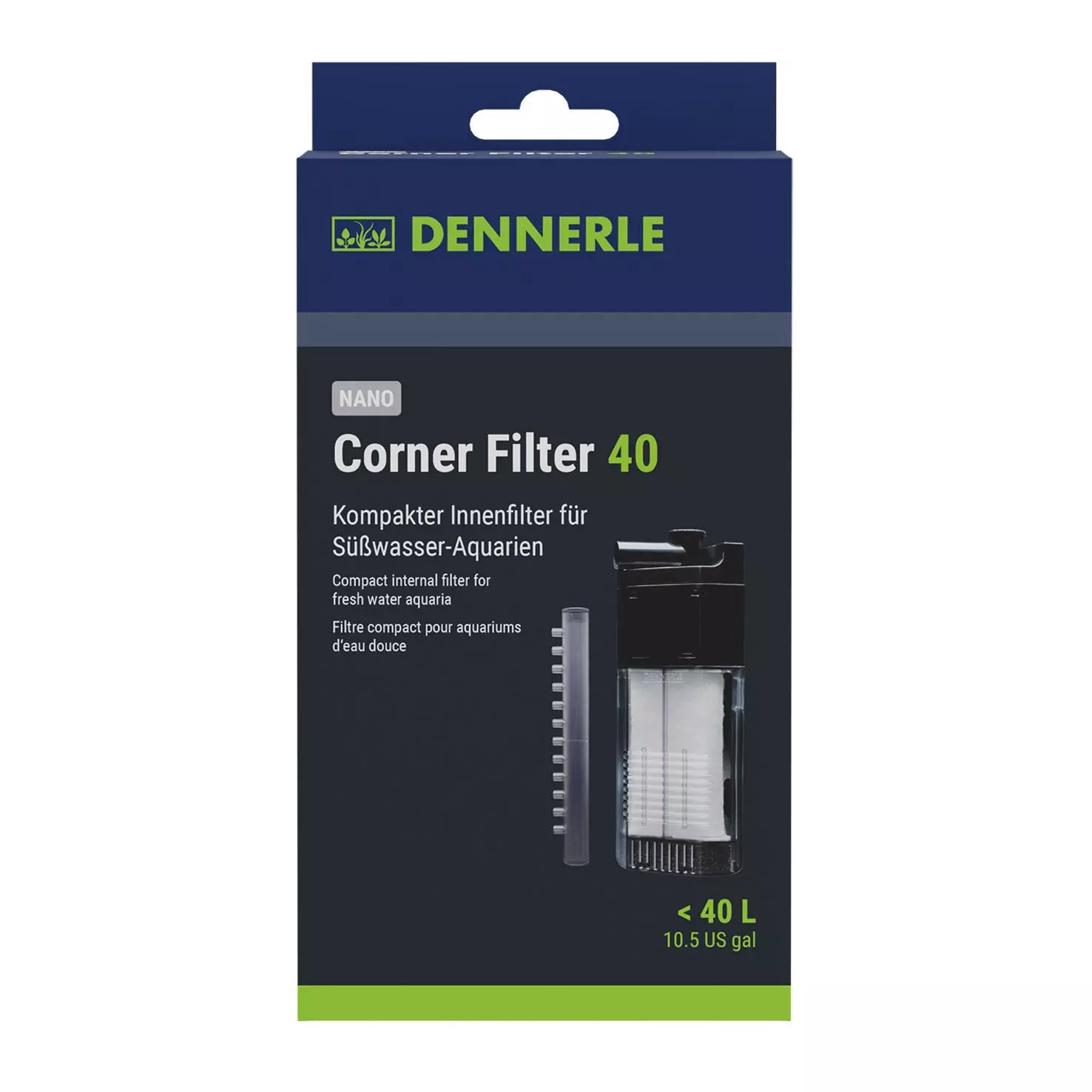

| Quantity | Unit price |
|---|---|
| To 2 |
CHF 8.90
|
| From 3 |
CHF 6.90
|
Stock: 0
Available in 1-3 days, acquisition time 14 days

Hydrocotyle leucocephala (Brasiliansicher Wassernabel)
| max. Wuchshöhe | - 60 cm | Herkunftsland | Mittelamerika |
|---|---|---|---|
| Eignung | Diskusaquarium, Gesellschaftsaquarium | Typ | Ausläufer |
| Familie | Apiaceae | Gattung | Hydrocotyle |
| Vermehrung | Kopfsteckling, Seitentriebe | Wuchsgeschwindigkeit | schnell |
| pH | 5 - 9 | Wasserhärte | 0 - 30 °dh |
| Hinweise | |||
Eine sehr anspruchslose Stängelpflanze ist der „Brasilianische Wassernabel“ Hydrocotyle leucocephala. Wir entdeckten die Pflanze im Flachwasser von kristallklaren Flüssen, aber auch im feuchten Untergrund des dichten Dschungels. Im Aquarium wächst sie sehr schnell und ist für den Aquaristik-Anfänger sehr zu empfehlen. Sobald die Triebe die Wasseroberfläche erreicht haben, wachsen sie flutend weiter. Wegen des schnellen Wachstums müssen die Stängel öfters eingekürzt und neu gesteckt werden.
| Aquarium: | Community aquarium |
|---|---|
| Genus: | Hydrocotyle |
| Growth: | fast |
| Origin: | South and Central America |
| Stand: | In the background |
3 of 3 reviews
4.67 out of 5 stars
Login
13 April 2021 11:00
Top
Sehr gut
1 June 2019 13:30
Top Ware
Super Qualität, gesunde Pflanzen...bin begeistert
16 December 2018 00:27
Sehr schöne pflanze wächst bei mier einfach
Sehr schöne pflanze wächst bei mier einfach ein bisschen langsam aber optimal für mein Gesellschafts Aquarium ?
Customers also bought
Similar products
Customers also viewed























